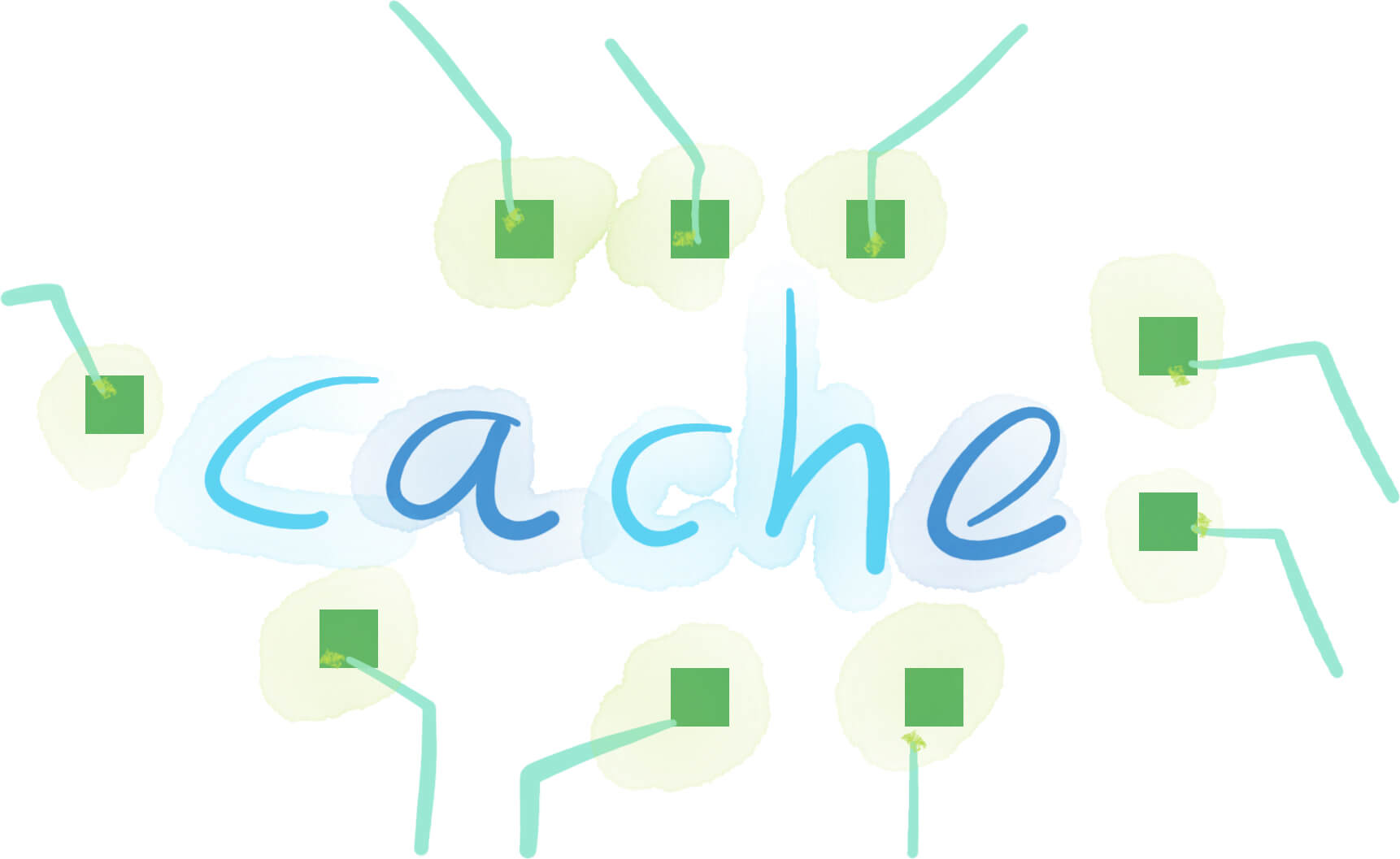How to load Ruby gems from cache on Github Actions
How to start CI build faster by loading Ruby gems from cache on Github Actions? You can start running your tests for a Ruby on Rails project quicker if you manage to set up all dependencies in a short amount of time. Caching can be helpful with that. Ruby gems needed for your project can be cached by Github Actions and thanks to that they can be loaded much faster when you run a new CI build.

You will learn how to configure Github Actions using:
- actions/cache - it’s a popular solution to cache Ruby gems.
- ruby/setup-ruby - it’s a solution to install a specific Ruby version and cache Ruby gems with bundler. Two features in one action.
actions/cache - just cache dependencies
Actions/cache is a popular solution that can be used to save data into the cache and restore it during the next CI build. It’s often used for Ruby on Rails projects that also use actions/setup-ruby for managing the Ruby version on Github Actions.
Let’s look at the Github Actions caching config example using actions/cache.
# .github/workflows/main.yml
name: Main
on: [push, pull_request]
jobs:
test:
runs-on: ubuntu-latest
steps:
- uses: actions/checkout@v2
- uses: actions/cache@v2
with:
path: vendor/bundle
key: ${{ runner.os }}-gems-${{ hashFiles('**/Gemfile.lock') }}
restore-keys: |
${{ runner.os }}-gems-
- name: Bundle install
env:
RAILS_ENV: test
run: |
bundle config path vendor/bundle
bundle install --jobs 4 --retry 3- You need to specify a directory path that will be cached. It’s
vendor/bundlein our case. - You also generate a unique cache
keybased on the OS version andGemfile.lockfile. When you change the operating system version or you install a new gem andGemfile.lockchanges then as a result the newkeyvalue will be generated. - You need to configure the bundler to install all your Ruby gems to the directory
vendor/bundle. - You can use bundler options:
--jobs 4- install gems using parallel workers. This allows faster gems installation.--retry 3- makes 3 attempts to connect to Rubygems if there is a network issue (for instance temporary downtime of Rubygems.org)
If you would like to see the full YAML config for the Github Actions and Rails project you can take a look at some of our articles:
- How to run RSpec on GitHub Actions for Ruby on Rails app using parallel jobs
- GitHub Actions CI config for Ruby on Rails project with MySQL, Redis, Elasticsearch - how to run parallel tests
- How to run slow RSpec files on Github Actions with parallel jobs by doing an auto split of the spec file by test examples
- Cucumber BDD testing using Github Actions parallel jobs to run tests quicker
ruby/setup-ruby - install Ruby and cache gems
In the previous section, we mentioned the actions/setup-ruby is often used with Ruby on Rails projects. The actions/setup-ruby has been deprecated so it’s recommended to use ruby/setup-ruby action nowadays. It already has caching feature that you could use. Let’s see how.
# .github/workflows/main.yml
name: Main
on: [push, pull_request]
jobs:
test:
runs-on: ubuntu-latest
steps:
- uses: actions/checkout@v2
- uses: ruby/setup-ruby@v1
with:
# Not needed with a .ruby-version file
ruby-version: 2.7
# runs 'bundle install' and caches installed gems automatically
bundler-cache: true
# run RSpec tests
- run: bundle exec rspecAs you can see using ruby/setup-ruby for managing the Ruby version and gems caching is much simpler. You just add an option bundler-cache: true and that’s it.
You can read in ruby/setup-ruby documentation:
“It is also possible to cache gems manually, but this is not recommended because it is verbose and very difficult to do correctly. There are many concerns which means using actions/cache is never enough for caching gems (e.g., incomplete cache key, cleaning old gems when restoring from another key, correctly hashing the lockfile if not checked in, OS versions, ABI compatibility for ruby-head, etc). So, please use bundler-cache: true instead…”
Summary
You saw 2 ways of caching Ruby gems on Github Actions. There are also other ways to make your CI build faster like running tests in parallel. You can learn more about test parallelisation here or simply check the Knapsack Pro homepage.